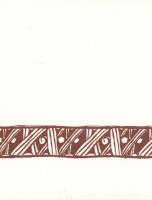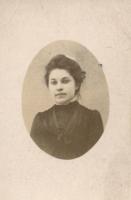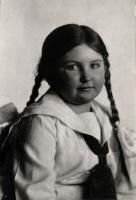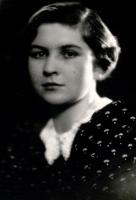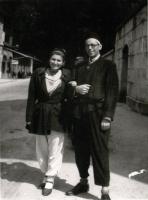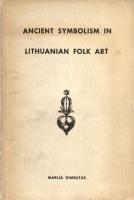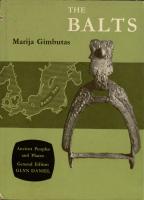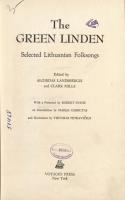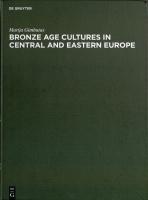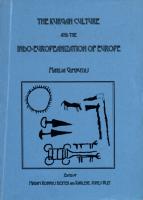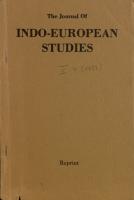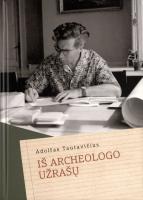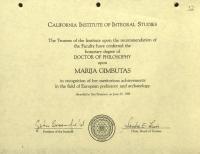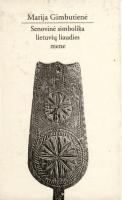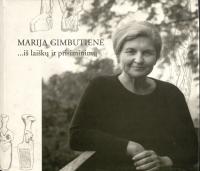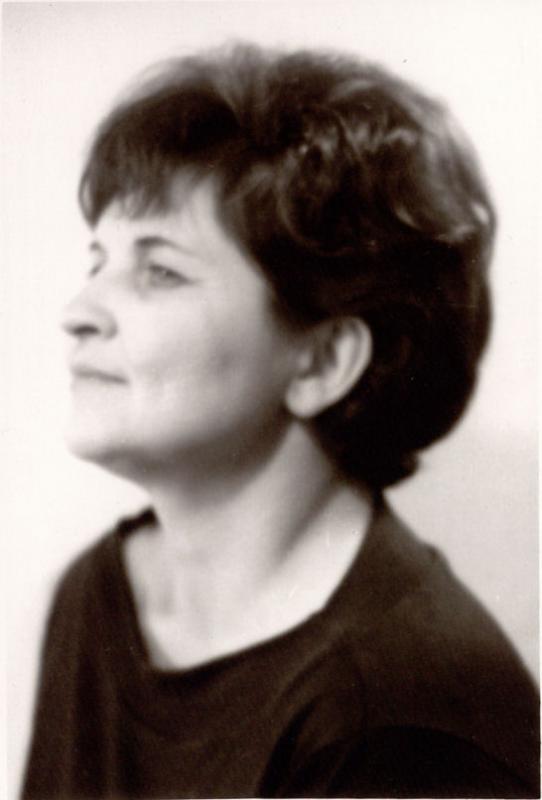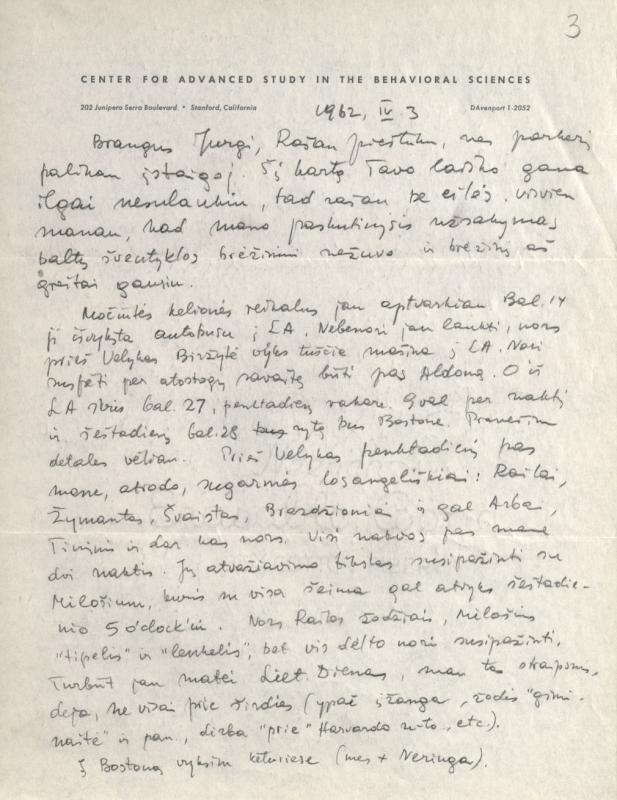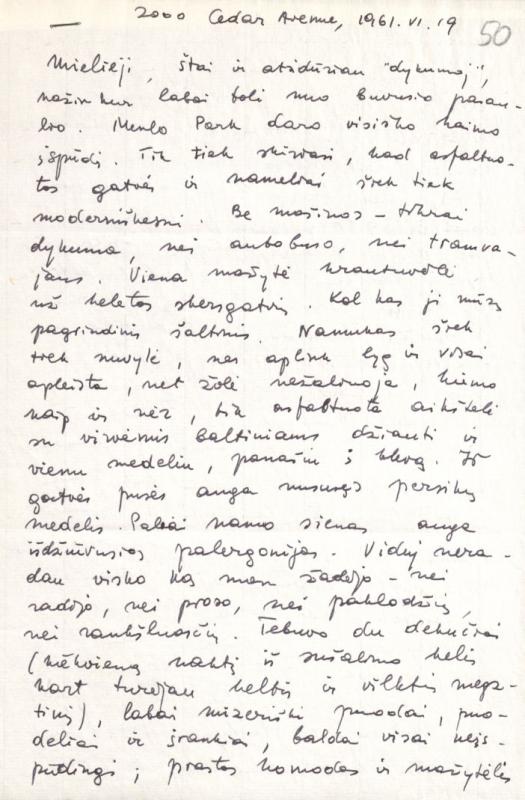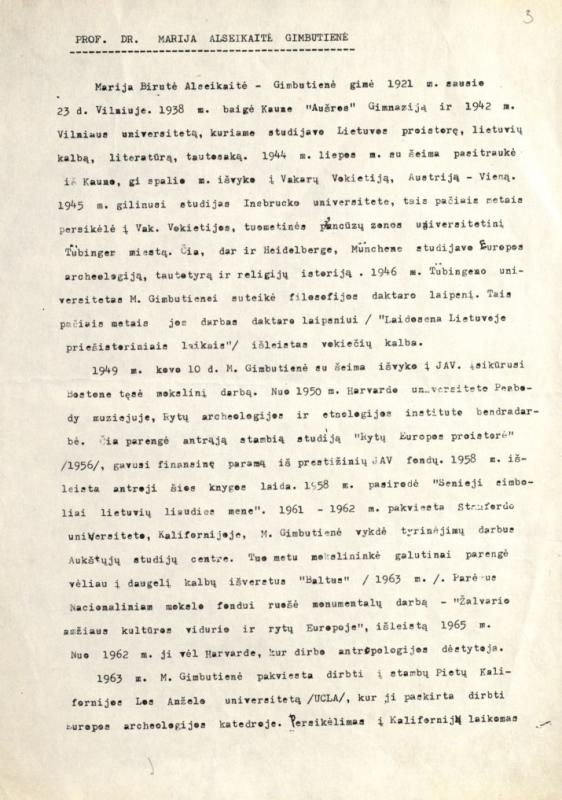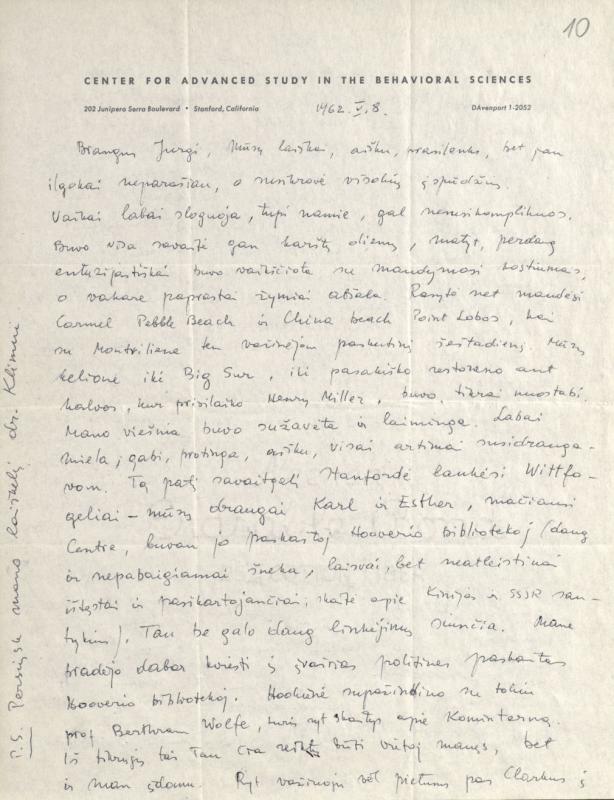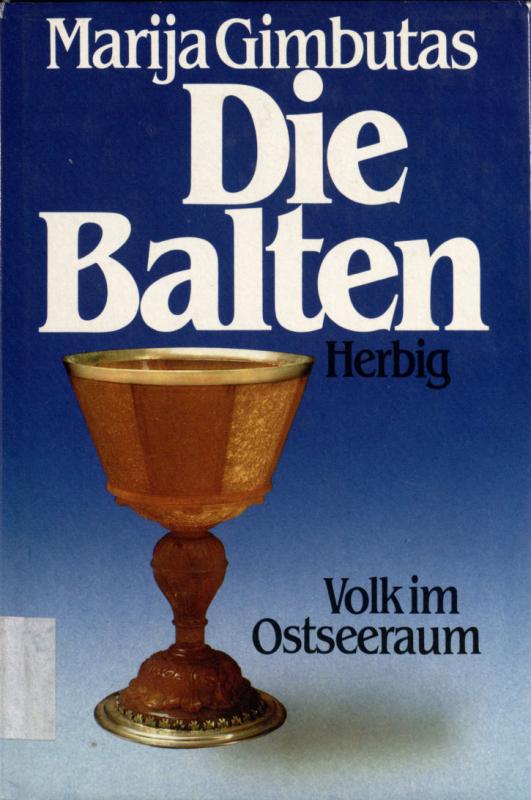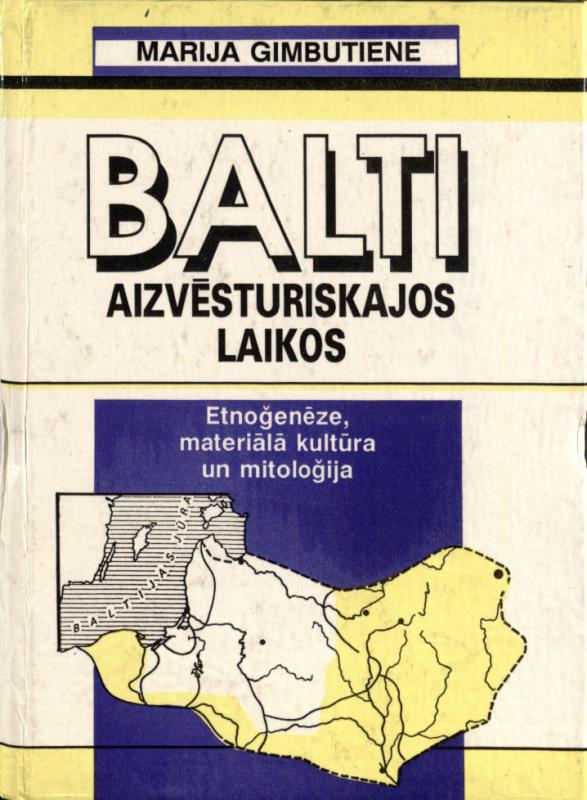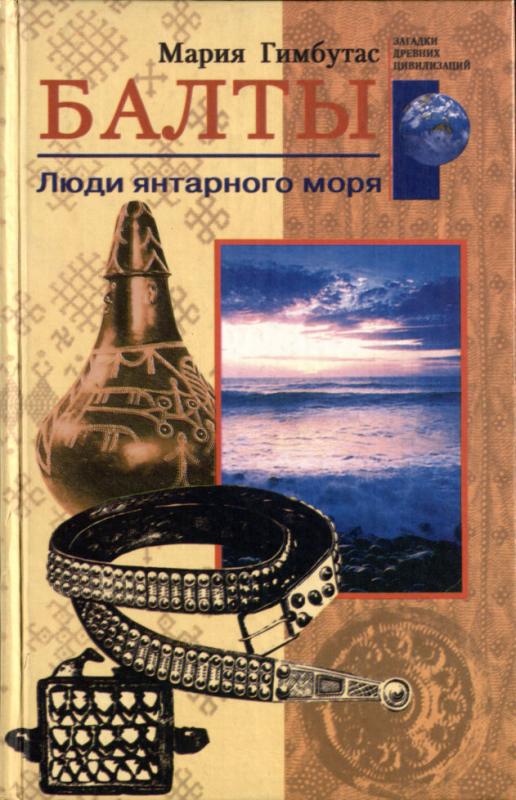“The Balts”
The years of research into Baltic archaeology culminated in The Balts, a book published in English in 1963; its second English-language edition appeared in 1968. It was also translated into Italian (1967), German (1983, 1991), Portuguese (1992), and, somewhat revised, into Latvian (1994) and other languages. This book was the first attempt to encompass the entire period of the Baltic prehistory starting from the second millennium BC, the time when Indo-European-language tribes settled across vast expanses of Central and Eastern Europe from Pomerania in Northern Poland (the western boundary) to Central Russia (the eastern boundary). The monograph gives an overview of the formation of the Balts, gradually explaining the individual traits of the development of their culture until the 13th century and discussing the main events of the times of written history: the establishment of the Teutonic Order, its conquest over the Old Prussians and the Northern Balts, and the emergence of the Lithuanian state. The scholarly value of the book is even more increased by the circumstances of those times. Lithuania was separated from the rest of the world by the iron curtain, and works of its researchers, published essentially only in Lithuanian and Russian, could not contribute internationally to studies in archaeology. Meanwhile, Marija Gimbutas, who was “for over twenty years separated from her native Vilnius and Baltic lands” and who worked at Stanford University, California, was able, through tremendous personal efforts, to present the world with the most comprehensive study written in English (or any other language) so far.
Adomas Butrimas
(After: Butrimas, Adomas. Marija Alseikaitė-Gimbutienė – baltų archeologijos tyrėja (Marija Alseikaitė-Gimbutas, a researcher in Baltic archaeology). Lituanistica, 2012, t. 58, nr. 1 (87), p. 5-6)
LMAVB RS F339-69, lap. 23.
LMAVB RS F351-8, lap. 3r.
LMAVB RS F351-8, lap. 50.
LMAVB RS F339-15, lap. 3.
LMAVB RS F351-8, lap. 10r.

